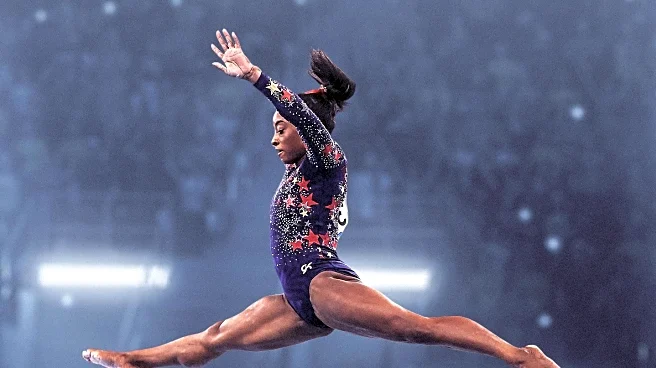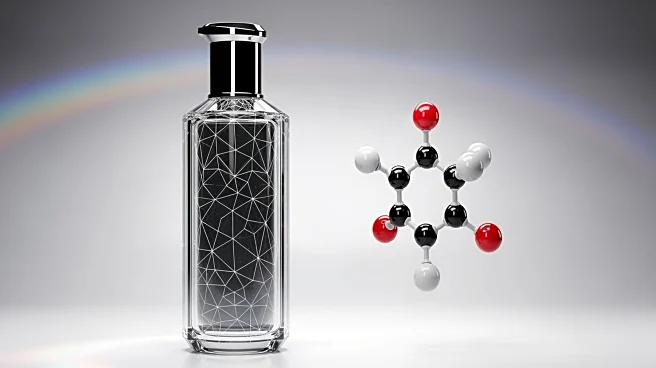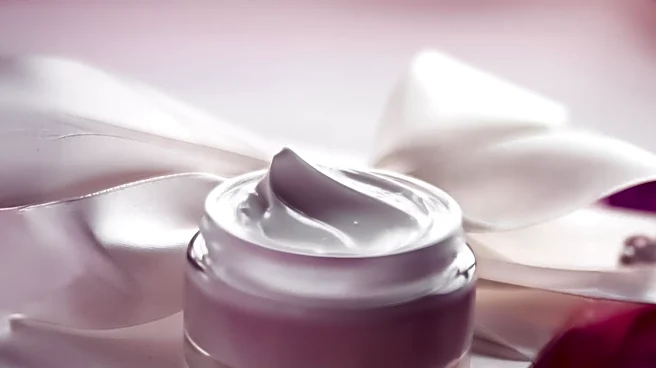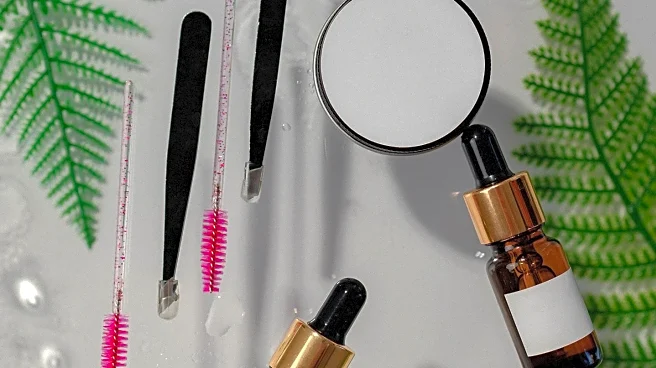What's Happening?
Non-surgical cosmetic procedures have gained significant popularity in recent years, with more than 20 million such procedures performed globally last year, according to a survey by the International Society
of Aesthetic Plastic Surgery (ISAPS). These procedures, often referred to as 'tweakments,' include Botox, hyaluronic acid injections, chemical peels, and nonsurgical fat reductions. They are designed to be subtle and less detectable compared to traditional surgical methods. Celebrities have increasingly shared their experiences with these treatments, contributing to their mainstream acceptance. Chloë Sevigny, for instance, has openly discussed her use of Botox and other non-surgical treatments to maintain her appearance, highlighting the minimal and strategic use of these procedures to preserve natural facial movement.
Why It's Important?
The rise in non-surgical cosmetic procedures reflects a broader shift in the beauty industry towards less invasive methods that offer subtle enhancements. This trend is significant as it democratizes access to aesthetic treatments, making them more accessible to a wider audience beyond celebrities. The growing acceptance and popularity of these procedures can influence societal standards of beauty and aging, potentially reducing stigma associated with cosmetic enhancements. Additionally, the increase in demand for non-surgical procedures can drive innovation and growth within the cosmetic industry, impacting related sectors such as dermatology and pharmaceuticals.
What's Next?
As non-surgical cosmetic procedures continue to gain traction, it is likely that more advancements will be made in the technology and techniques used, further improving their effectiveness and safety. The industry may see an increase in the development of new products and treatments that cater to specific aesthetic needs. Regulatory bodies might also focus on ensuring the safety and efficacy of these procedures as their popularity grows. Public discourse around beauty standards and the ethics of cosmetic enhancements may evolve, potentially influencing cultural perceptions and consumer behavior.
Beyond the Headlines
The increasing popularity of non-surgical cosmetic procedures raises ethical questions about the pressure to conform to certain beauty standards and the potential psychological impact on individuals. As these treatments become more common, there may be a shift in cultural attitudes towards aging and natural beauty, with implications for self-esteem and body image. The accessibility of these procedures could also lead to discussions about socioeconomic disparities in access to beauty treatments and the influence of celebrity endorsements on consumer choices.











